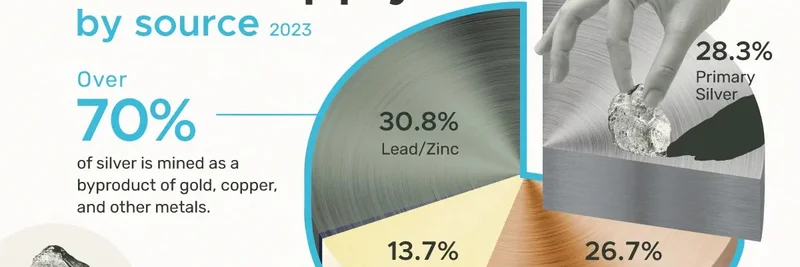In the fast-paced world of blockchain and crypto, narratives can drive markets overnight—especially when it comes to meme tokens. These fun, community-driven coins often ride waves of hype, from dog-themed assets to AI-inspired projects. But what happens when a big narrative like "AI turns crypto into money" gets called out as premature? That's exactly what Alex Good, founder of PostFiatOrg, shared in a recent interview clip posted by The Rollup.
The tweet, which you can check out here, features a video snippet from Rob's sit-down with Good. In it, he breaks down why the much-buzzed-about intersection of AI and crypto isn't quite ready for prime time. Let's dive into what he said and how it relates to the meme token ecosystem.
Breaking Down the Levels of AI Adoption
Good uses a simple level system to explain where AI stands today. We're currently at Level 1, where people are comfortable getting casual advice from tools like ChatGPT—think relationship tips or everyday queries. It's low-stakes, and AI handles it well enough.
But we're not yet at Level 2, where folks successfully rely on AI for financial advice. This is crucial because money matters require trust, accuracy, and real-world results. Until AI proves itself here, jumping to crypto integration feels like skipping steps.
"Once we get through level two," Good explains, "THEN crypto starts indexing into AI." In other words, AI needs to earn its stripes in finance before it can truly transform crypto assets.
This perspective is eye-opening for meme token enthusiasts. Many AI-themed meme coins, like those playing on Grok or other AI buzz, thrive on speculative narratives. If the underlying tech isn't mature, could these tokens be built on shaky ground?
Crypto as a 'Collective Hallucination'
Good draws a fascinating parallel between crypto and gold. He calls gold a "collective hallucination"—a rock that stores value because society agrees it does. Imagine explaining that to a 16th-century farmer; it'd sound absurd. Yet, here we are, with gold as a timeless asset.
He references George Soros' concept of reflexivity (though phrased as a "fertile fallacy" in the clip—likely a nod to how beliefs shape reality). For crypto to gain similar "hallucination properties," it needs widespread acceptance. Integrating AI could accelerate this, but only if AI is trusted for money matters first.
In the meme token space, this "hallucination" is amplified. Tokens like Dogecoin or Shiba Inu succeed because communities buy into the joke or story. AI could supercharge this by creating smarter, more interactive memes or automated trading bots. But if we're still at Level 1, these innovations might fizzle out as hype without substance.
Implications for Meme Tokens and Blockchain Practitioners
For those in the meme token game, Good's insights serve as a reality check. While AI-crypto projects promise moonshots, the timeline might be longer than expected. This could mean:
Short-term volatility: Hype cycles around AI meme tokens might pump and dump faster if the narrative doesn't hold.
Opportunities for innovation: Builders could focus on bridging Level 1 to Level 2, like AI tools for basic crypto education or fun, non-financial interactions.
Community building: Meme tokens thrive on engagement. Integrating simple AI features, like chatbots for community games, could keep things lively without overpromising.
The full interview drops tomorrow, so keep an eye on The Rollup for more depth. In the meantime, this clip reminds us that in crypto, patience and understanding the tech layers can separate the winners from the hype chasers.
If you're diving into meme tokens, remember: Narratives are powerful, but grounding them in real progress—like advancing AI adoption—could lead to more sustainable gains. Stay tuned to Meme Insider for more updates on how these trends evolve in the blockchain world.


